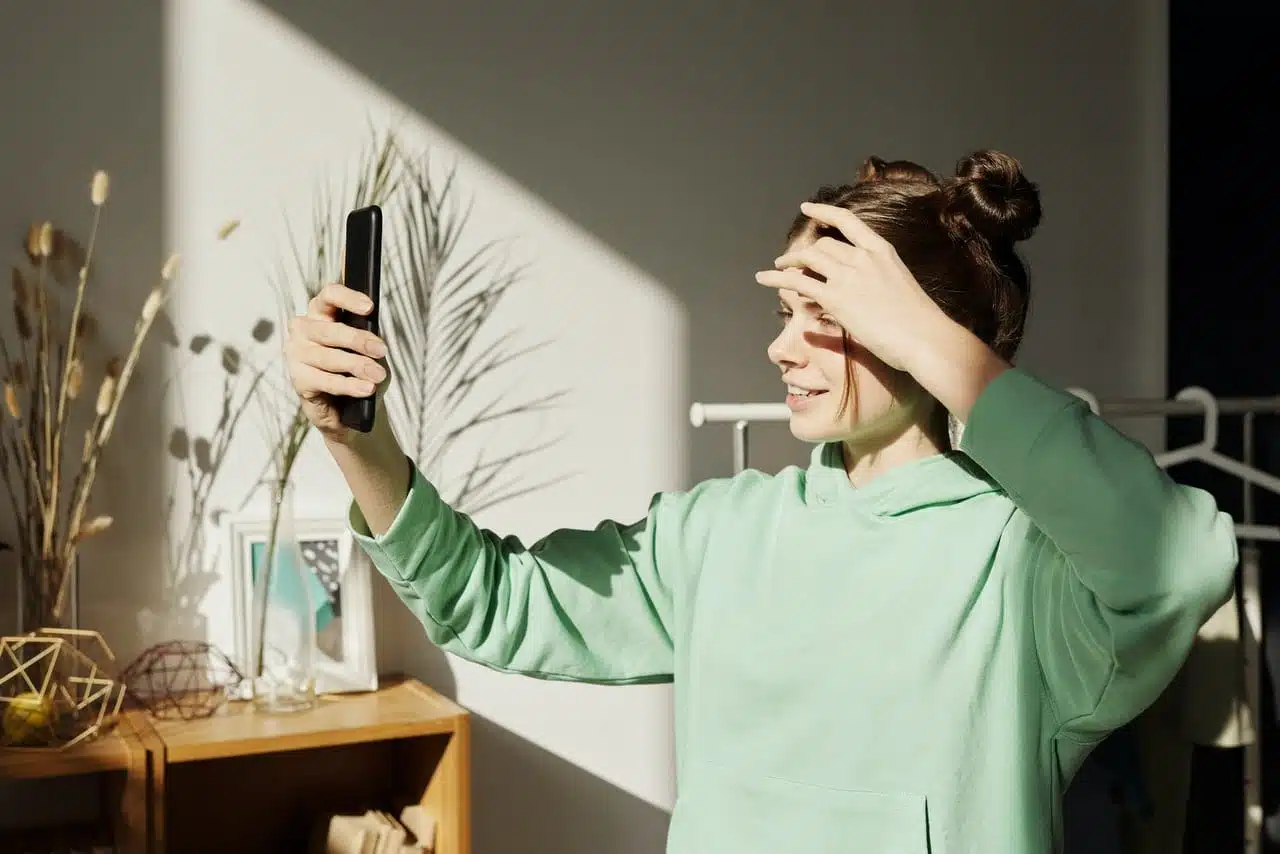NHS England and NHS Improvement have produced a helpful video on taking photos of your skin to send to your GP before an appointment.
We have further information about preparing for a remote dermatology appointment here, which contains advice that you are also likely to find helpful for a GP appointment.
The following tips are taken from the video above. Some have been amended slightly to be more relevant for people with eczema.
Taking photos of your skin and sending securely to your GP
By sending in your photos, you are agreeing to the photos being saved to your GP records, and to the photo being sent on to other healthcare professionals, such as a dermatologist, for expert advice. Let your GP know if you do not want this to happen, or if you would like the photo to be deleted from your GP patient record after review.
It is not recommended to include photos of intimate areas of skin, such as the groin, breast or buttocks, either of yourself or of a child under 18-years-old.
How to take the best-quality photo
- Try to find someone to help you, such as a family member or friend. It’s much better if someone else takes the photo. If not, you can take the photo yourself using a smartphone or digital camera.
- Make sure the area to be photographed is held still, ideally by resting it on a surface. If possible, use a plain background against the skin. Avoid shadows and any background distractions.
- Take the photo in a well-lit room with lots of natural light, but avoid direct sunlight. If this is not possible, you may have to turn the flash on to help light up the area.
- The photos need to be sharp and in focus. To use auto-focus using a smartphone, tap the screen, which will create a yellow square or circle around the area of interest. Focus is more important than how close-up you can get.
- Don’t edit or add filters to your photos, as this could affect diagnosis. The affected area of skin needs to look the same on the screen as it does in real life.
How many photos should you take?
Please take two to three pictures to show the shape and size of the area. This will enable an accurate diagnosis or assessment.
The first photo should establish the area on your body from a distance. The second photo should be a closer photo of the area of concern. If this is a rash/area of inflammation, take a photo of the worst affected area. If different areas of the body are affected, photos of the different areas will also be needed, for example, on the face, as well as on the body.
Do a check before sending the photos
- Be sure to review your photos before you send them to your GP. Make sure they are the best quality possible and represent your skin condition clearly without any distractions.
- Next, check the file size. The ideal size per photo is between 500KB and 1MB, and the total file size for all images sent in must be less than 5MB, as NHS uploads are restricted to 5MB.
- You will have been told where to send the images, which may be by responding to a secure text message sent from your GP practice, or through the GP practice website, or a secure practice email address.
- Remember to include your own or your child’s name and date of birth in the email.
By sending a photo to a healthcare professional, you must be aware that no communication system can guarantee complete security, and there is a small possibility that the message could be intercepted by a third party.


